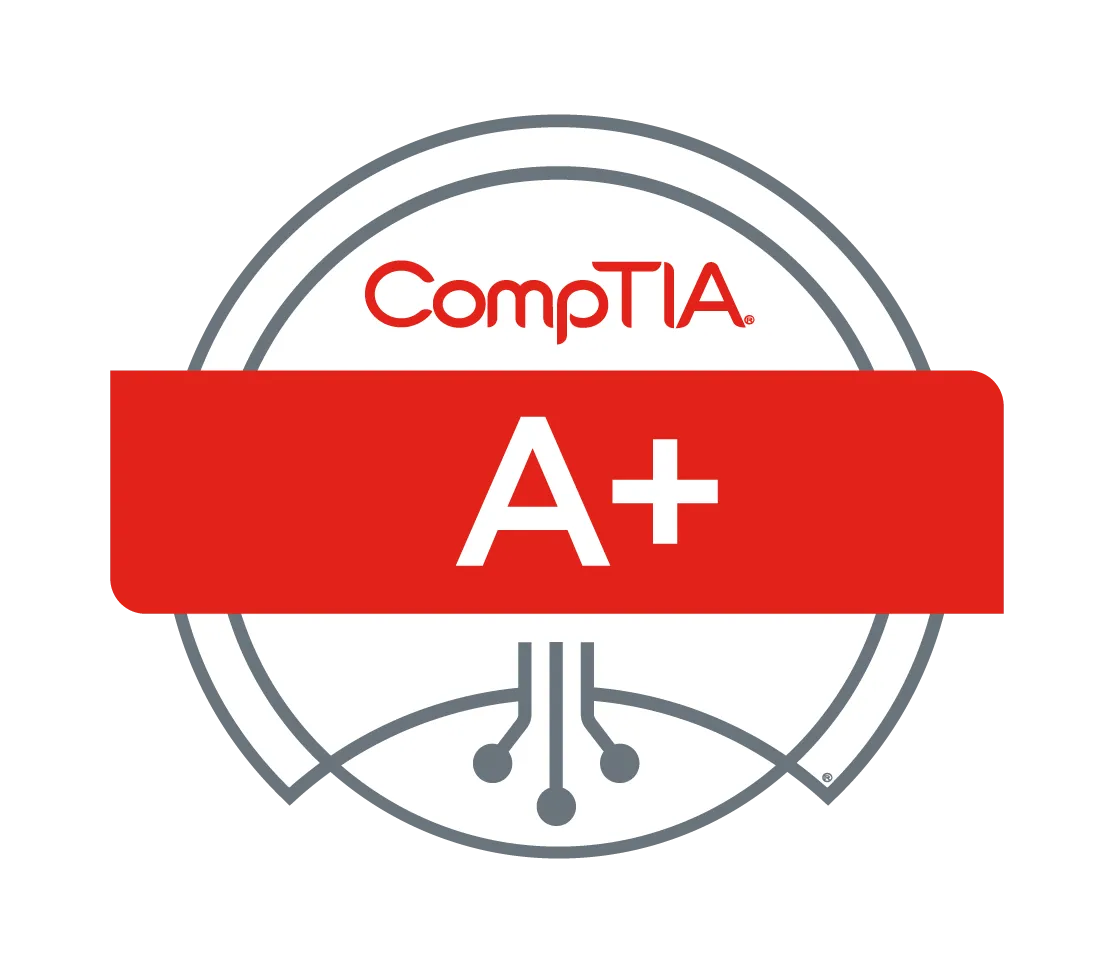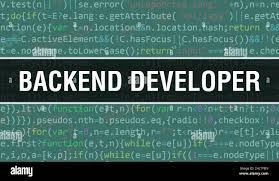A career in data analysis, which is in high demand across many industries, entails gathering, cleaning, and interpreting large datasets to find trends and insights that help organizations make better decisions. It requires proficiency with tools like SQL, Python, and Tableau and offers pathways from entry-level analyst to specialized roles like Data Scientist or BI Analyst.
SGL assists you in developing the fundamental abilities listed below in order to become a data analyst without any prior experience:
Tools:
Excel: Master functions, pivot tables, and data cleaning.
SQL: Learn to query and manipulate data from databases.
Python/R: Focus on libraries like Pandas (Python) or Tidyverse (R) for analysis.
Data Visualization: Learn tools like Tableau or Power BI.
At end of this program, you will acquire the following:
- Clean and analyze data in Excel professionally
- Query real business datasets with SQL
- Use Python for EDA and automation
- Build functional dashboards
- Add Tableau, R, and SPSS as extra skills
- Acquire a strong portfolio within 4 months
Job Responsibilities
- Data Collection & Cleaning: Acquire data from primary/secondary sources, maintain databases, and clean data for accuracy.
- Analysis & Interpretation: Use statistical techniques to identify trends, patterns, and insights in complex data.
- Reporting & Visualization: Create dashboards, charts, and reports to make data understandable for non-technical audiences.
- Collaboration: Work with management and other teams to align data strategy with business goals.
- Process Improvement: Locate opportunities to improve processes and suggest new data collection methods.
Job Prospects
- High Demand: Data analysts are in high demand across almost every sector, as organizations increasingly rely on data to drive strategy.
- Fast Growth: The U.S. Bureau of Labor Statistics (BLS) projects data analyst roles to grow significantly faster than the average for all occupations, with some related fields like Data Scientists expected to grow 36% from 2023-2033.
- Global Trend: High demand for data analysts is also seen in countries like India, with significant recent growth in openings.
Course Outline
Foundations
- Introduction to Data Science, tools, and data lifecycle.
- Basics of data cleaning, EDA, and analyst career paths.
Excel Basics
- Excel interface, sorting, filtering, and basic formulas.
- Advanced formulas including XLOOKUP, INDEX/MATCH, and IF.
Excel Intermediate
- PivotTables, data validation, and conditional formatting.
- Building a complete Excel dashboard with slicers.
SQL Basics
- Writing simple SQL queries with SELECT, WHERE, and ORDER BY.
- Using JOINS and GROUP BY for business insights.
SQL Intermediate
- Deep dive into JOINS, subqueries, and data cleaning in SQL.
- Using CASE, GROUP BY conditions, and creating views.
Python Basics
- Python fundamentals and Jupyter Notebook usage.
- Pandas dataframes for loading, filtering, and transforming data.
Python Basics
- Cleaning datasets and merging multiple tables in Python.
- Visualizing data using Matplotlib and Seaborn.
Python Intermediate
- Grouping, aggregations, and simple statistics in Python.
- Creating automated reports and exporting charts.
Microsoft Power BI
- Power BI introduction and data loading with Power Query.
- Data modeling and relationships with DAX basics.
Microsoft Power BI
- Building visuals using charts, KPIs, slicers, and filters.
- Creating and publishing a complete BI dashboard.
Tableau Basics
- Tableau basics for connecting data and building charts.
- Creating a simple Tableau dashboard and story.
R & SPSS Basics
- Using RStudio to import, summarize, and visualize data.
- Running basic statistics and generating tables in SPSS.
Analytics Concepts
- Introduction to regression, correlation, and predictive analytics.
- Basics of time series and forecasting with real examples.
Reporting & Storytelling
- Techniques for storytelling and presenting insights clearly.
- Integrating SQL, Python, and Power BI into a full case study.
Capstone Project
- Define project topic, dataset, and plan your analysis steps.
- Clean and explore the dataset using Excel/SQL/Python.
- Build final dashboards or models using Power BI/Tableau.
- Present the capstone project and prepare your portfolio





